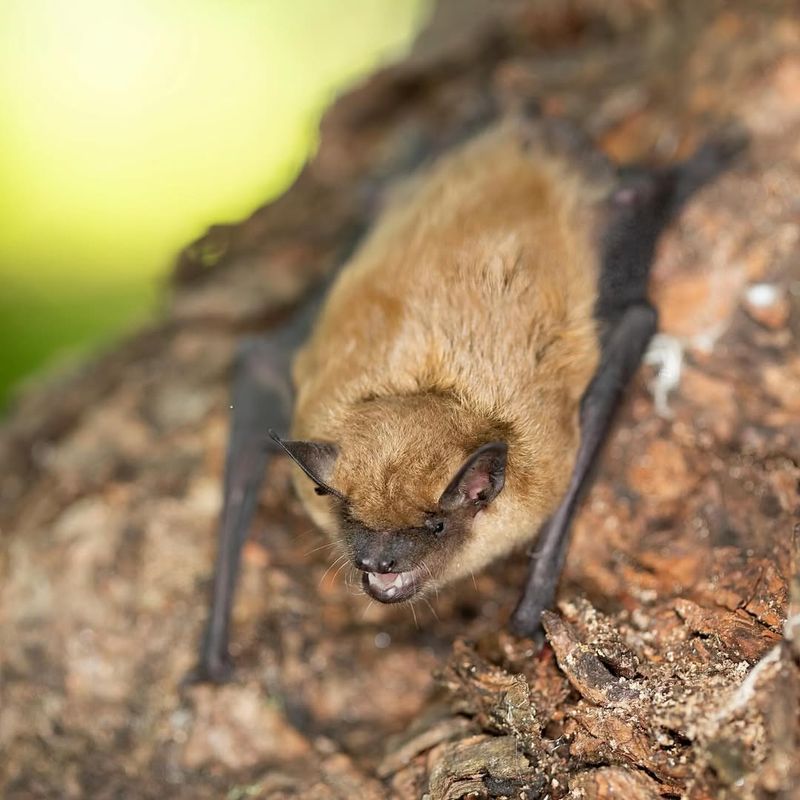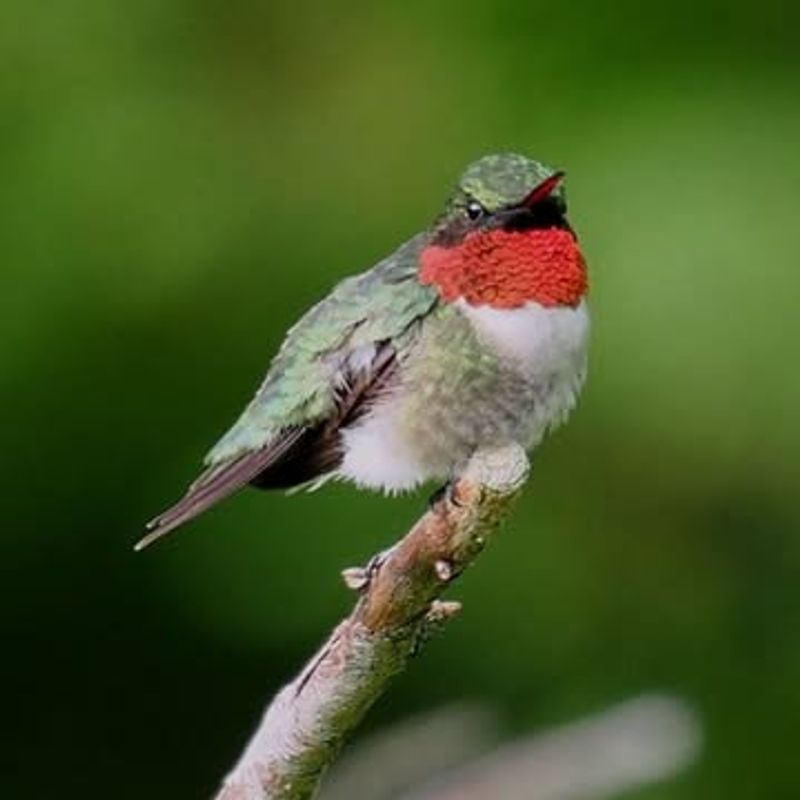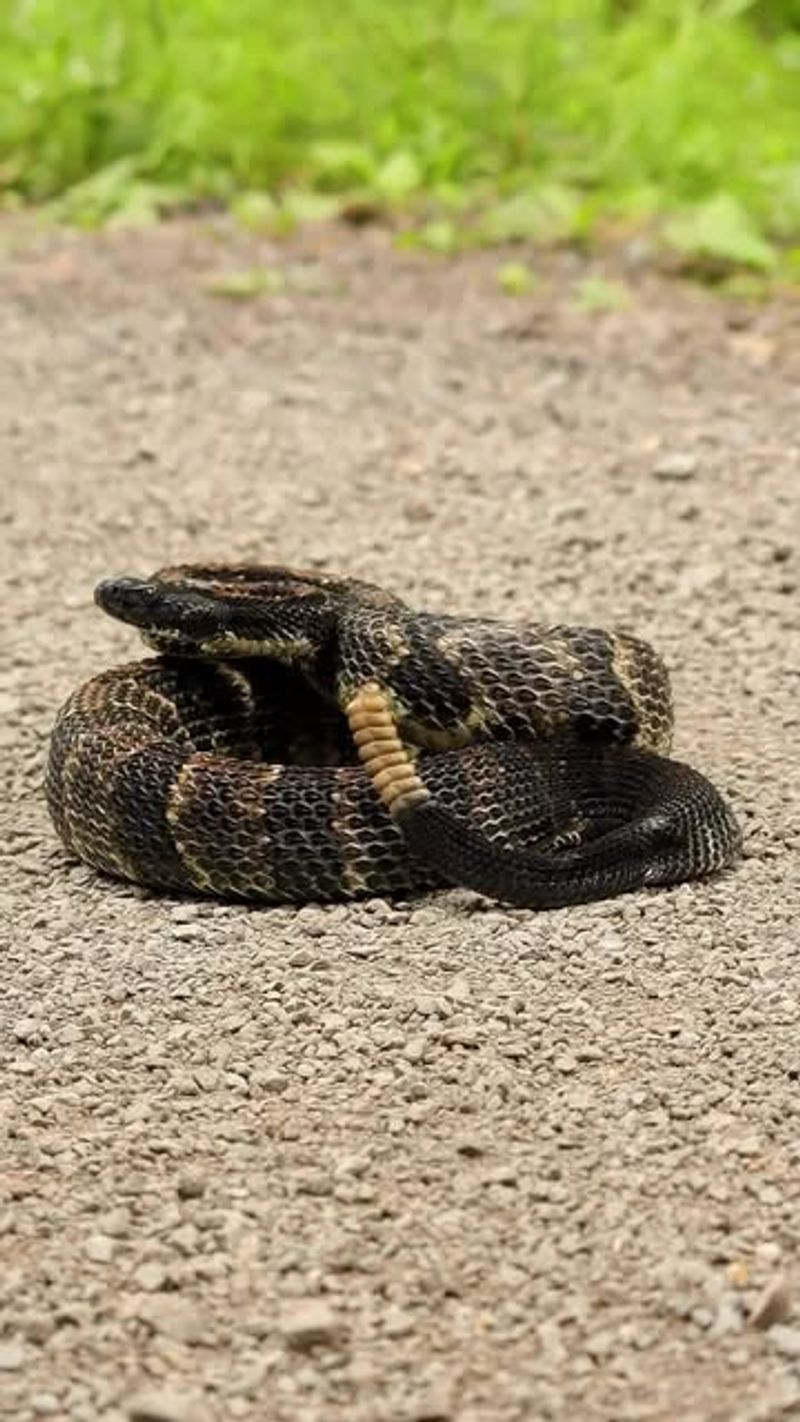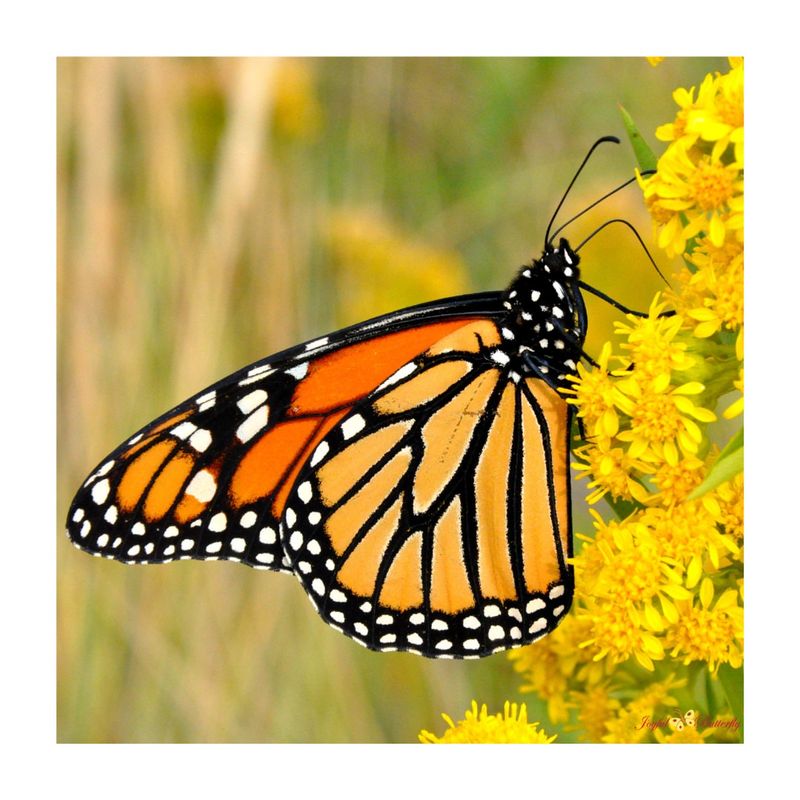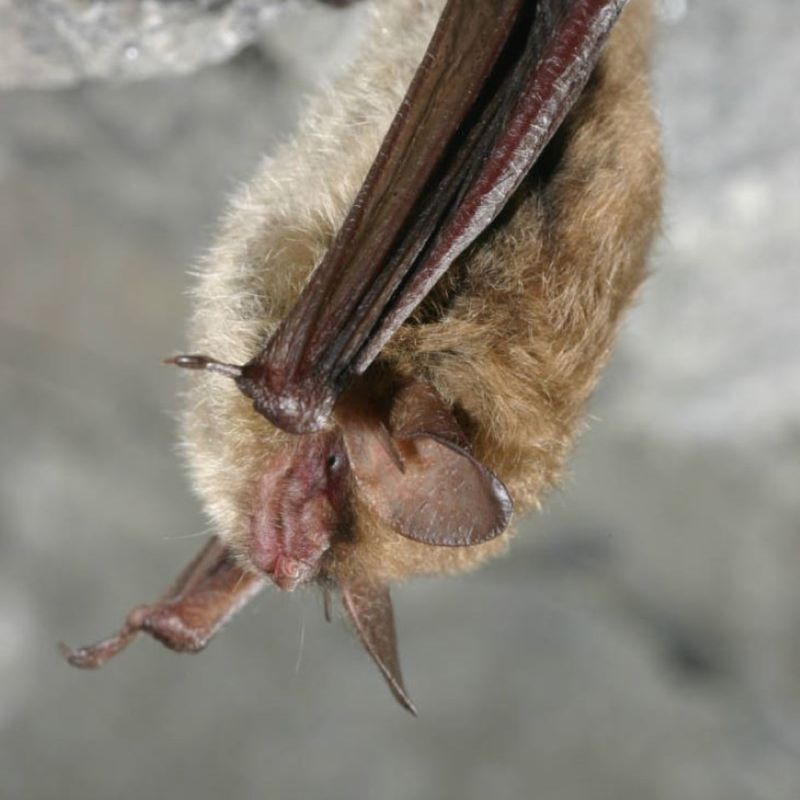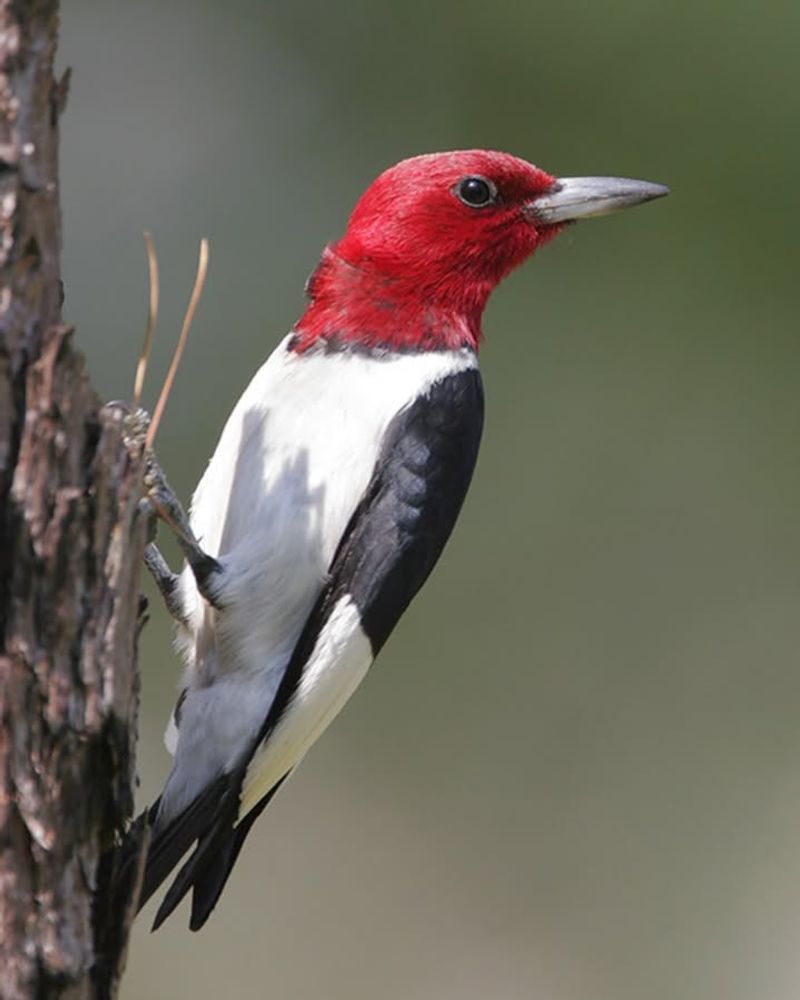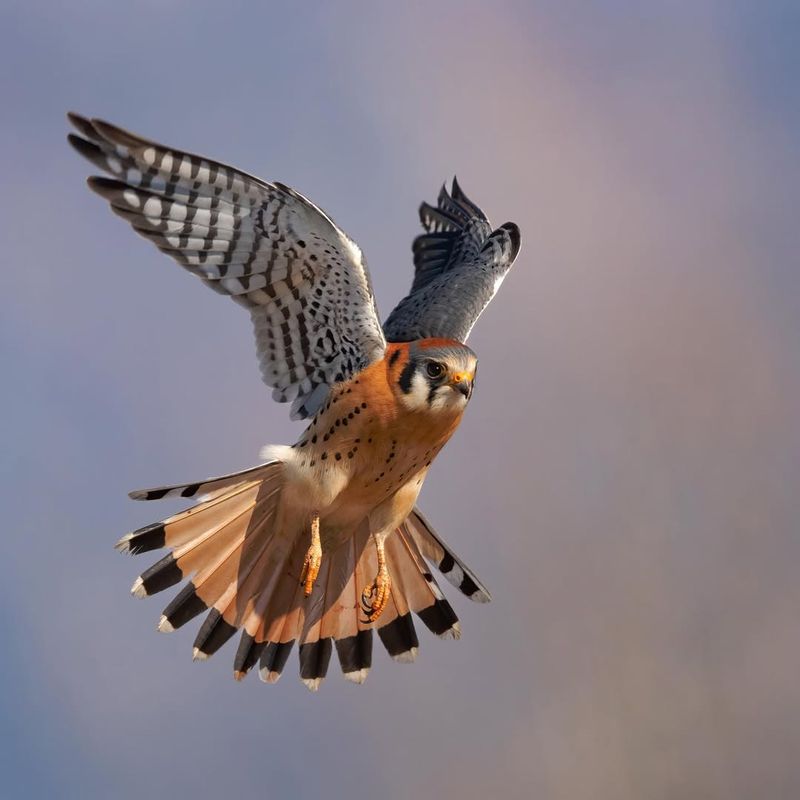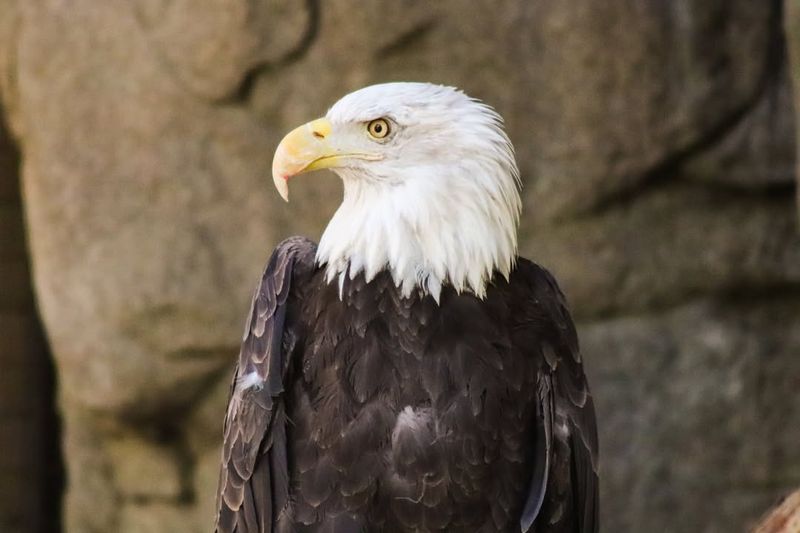West Virginia yards are full of life, but some of those visitors come with surprising legal rules. I didn’t realize how many species are protected until I looked into it myself.
It actually made me appreciate my garden guests a bit more. Here’s a look at the creatures you’re supposed to treat with extra care.
1. Little Brown Bat
Your attic might host some furry flying neighbors that West Virginia law protects vigorously. Little brown bats face serious threats from disease, making legal protection essential for their survival.
Homeowners cannot harm or remove these creatures during certain seasons when babies are present. Exclusion methods must follow specific guidelines to avoid legal penalties.
Bats consume thousands of mosquitoes nightly, providing valuable pest control around your home naturally.
2. Ruby-Throated Hummingbird
Watch these jewel-toned fliers zip through your garden with amazing speed and grace. Federal and state laws protect ruby-throated hummingbirds because they’re migratory birds covered under special treaties.
Even collecting their fallen feathers is technically prohibited by law. Planting native flowering plants attracts them legally and safely.
West Virginia residents can enjoy watching them without worrying about breaking any regulations by simply observing respectfully.
3. Timber Rattlesnake
Despite their intimidating reputation, these venomous snakes receive legal protection throughout West Virginia. Timber rattlesnakes rarely bite humans and usually retreat when given space to escape.
Harming or capturing them violates state wildlife laws and carries significant fines. Property owners should contact wildlife officials if one appears in a dangerous location.
Keeping yards clear of rodent attractants discourages them from settling near homes naturally and safely.
4. Monarch Butterfly
Spotting these orange beauties floating through your flower beds signals healthy habitat in West Virginia. Monarch butterflies enjoy protection because their incredible migration patterns face numerous modern threats.
Planting milkweed, their only caterpillar food source, supports them legally and effectively. Pesticide use can harm them, so organic gardening methods work best.
Watching their complete transformation from caterpillar to butterfly teaches kids amazing science lessons right at home.
5. Northern Long-Eared Bat
Barn owners might discover these distinctive bats with their notably elongated ears roosting overhead. Northern long-eared bats are federally protected as threatened species, making West Virginia enforcement quite strict.
Disturbing their roosting sites can result in serious legal consequences and hefty fines. Professional wildlife experts must handle any necessary exclusions following specific seasonal guidelines.
Leaving dead trees standing when safe provides natural roosting spots away from human structures effectively.
6. Red-Headed Woodpecker
With a head as crimson as a fire truck, this woodpecker stands out among West Virginia’s backyard birds. Red-headed woodpeckers are protected under the Migratory Bird Treaty Act, making interference illegal.
Their numbers have decreased substantially, making every sighting increasingly precious. Dead trees in your yard provide perfect nesting sites if they pose no safety hazards.
Watching them store acorns in tree bark crevices demonstrates fascinating food-caching behavior throughout the seasons.
7. Indiana Bat
Caves and old mines throughout West Virginia shelter these critically endangered flying mammals. Indiana bats receive some of the strongest legal protections available under both state and federal law.
Disturbing their hibernation sites can be catastrophic for entire colonies and bring severe penalties. Homeowners rarely encounter them since they prefer natural cave environments.
Reporting any sightings to wildlife authorities helps biologists track and protect these rare creatures more effectively.
8. American Kestrel
North America’s smallest falcon might hunt insects and mice around your West Virginia property regularly. American kestrels enjoy protection as raptors under multiple federal wildlife laws.
Installing nest boxes designed specifically for them encourages breeding without legal concerns. These colorful birds of prey help control rodent populations naturally around homes and gardens.
Their hovering hunting technique makes them fascinating to watch as they scan fields for prey below.
9. Spotted Salamander
Rainy spring nights bring these polka-dotted amphibians out to breed in temporary woodland pools. Spotted salamanders receive protection in West Virginia because they’re important environmental indicators of ecosystem health.
Collecting them as pets is prohibited under state wildlife regulations. Creating or maintaining small seasonal ponds on your property benefits them tremendously.
Most of the year they live underground, making spring migrations their most visible and vulnerable time.
10. Bald Eagle
Seeing America’s national symbol soaring over West Virginia waterways represents an incredible conservation success story. Bald eagles are protected under multiple federal laws, including the Bald and Golden Eagle Protection Act.
Even possessing a single feather without permits is illegal and carries serious penalties. Large trees near water provide perfect nesting sites as their populations continue recovering.
Their nests can weigh over a ton after years of additions, making them engineering marvels.
11. Wood Thrush
Listen for the flute-like song of this beautiful bird echoing through West Virginia’s wooded properties. Wood thrushes are protected migratory birds facing habitat loss throughout their breeding and wintering ranges.
Keeping forest understory vegetation intact provides the habitat they need for nesting and feeding. Their melodious evening songs have inspired poets and musicians for generations.
Reducing outdoor cat populations helps protect them and other ground-nesting birds from unnecessary predation risks.


